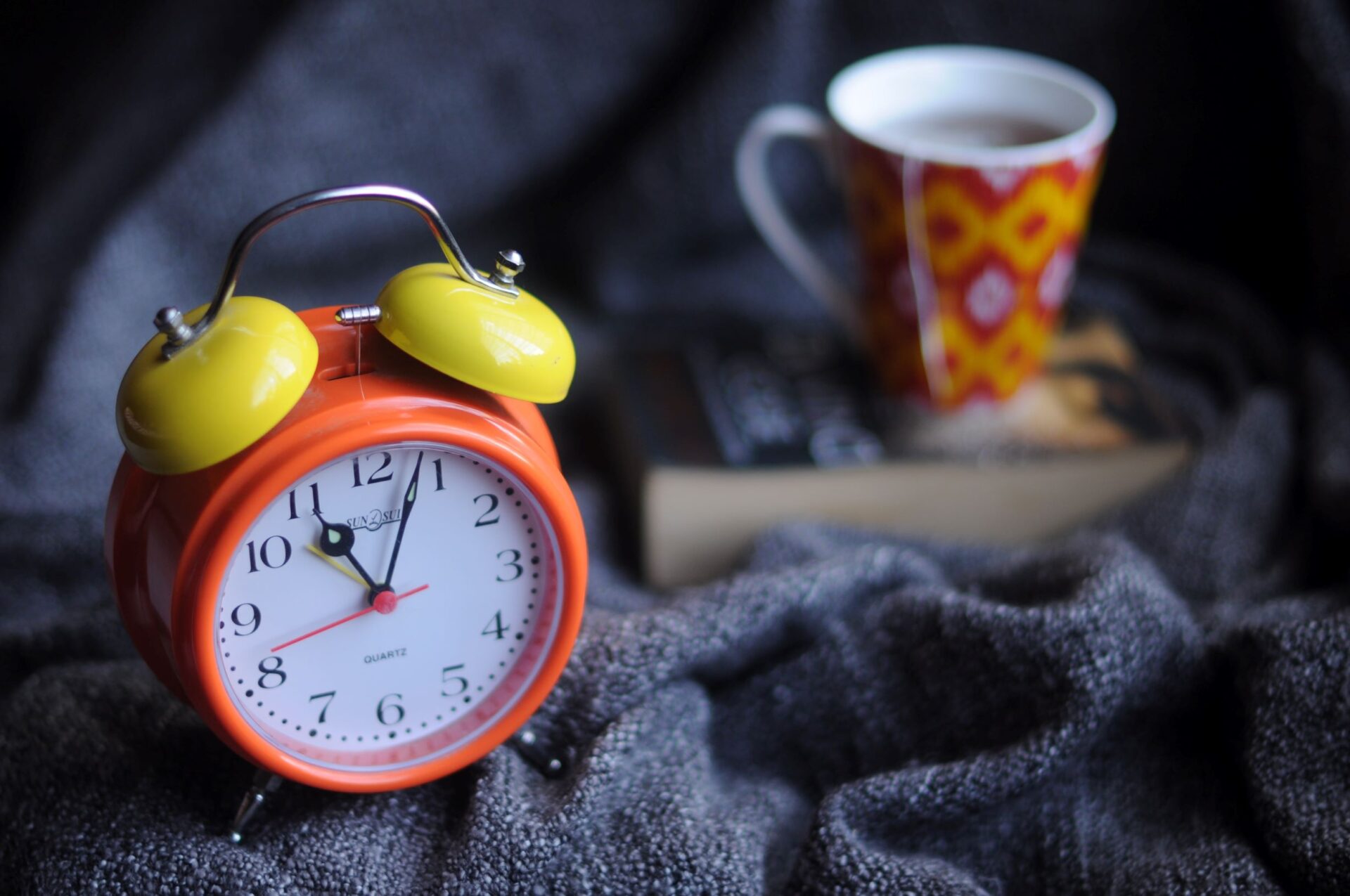Did you know that November is National Sleep Comfort month? To most of us working Americans, sleep sounds great.
Because we’re not getting enough of it.
In honor of the month, we’ve put together some tips for you on creating a terrific sleep environment, to help you snooze a little better.
Monthly goal:
“To sleep, perchance to dream.” – Hamlet, William Shakespeare
Make it dark
There are a couple ways to do this. Make sure you’re doing both to catch enough shut-eye.
- No screens
I know, I know, no one likes this one. But do you want to sleep? Laptops, phones, tablets, etc. all emit a wavelength of blue light that our bodies interpret as wake time, not sleep time. It’s best to shut off these screens at least an hour before bed.
Also, keep your phone out of your bedroom. This prevents the blue light from preventing sleep. Not only that, you’ll avoid frittering away your productive hours after waking. Scrolling through social media, or checking emails you won’t be able to answer until you’re in the office anyway.
Need something to wake you up? If you’re getting enough sleep, waking is less of a problem. But if you’re currently dependent on your phone, buy a travel alarm clock instead. They’re small, don’t emit blue light, and will get you up at the proper time.
2. No light
No screens is obviously part of having no light! But also, close your blinds/shades/curtains. Blackout curtains work well for those who need the room completely dark.
Make it quiet

Dogs can make good sleep companions. Photo by Gemma Evans XL via Unsplash
If you’ve got pets, they may or may not be able to sleep with you, depending on how noisy they are! Dogs are usually better companions than cats, which are nocturnal. Older cats might not detract from your sleeping environment, but a kitten almost definitely will.
Live in a noisy area? Consider a white noise machine, or fan, or something that will create a soothing background to block out other noise.
Make yourself tired
If you’ve ever had young children or young animals, you know how important it is to wear them out during the day so they’ll sleep!
Although adults might not need quite so much activity, the principle works for us too. If you’ve had a long day of physical labor, it’s much easier to fall asleep.
For those of us that work at desks all day, it may be more difficult. Exercise helps, though not too soon before bed – the body needs a bit more time to relax.
Moving around more during the day is a great way to help you sleep at night. A sit/stand desk promotes more movement during the work day.
Getting up to talk to colleagues down the hall instead of texting, parking away from the store, taking the stairs instead of the elevator: the more movement, the better.
Make your body less stressed
Avoid eating heavy meals too close to bedtime. Your body has to work to digest it, so it’s not preparing for sleep.
At work, use proper ergonomics to avoid straining muscles, cartilage, etc. If your work surface is too low, raise it higher. If the tools you need are too far away, pull them closer. If the material is too heavy, use a team lift or lifting tools.
Meditation or relaxation techniques can ease your body and prepare it for sleep as well. Lowering body temperature is a signal that it’s time to sleep. Warming it up several hours before bedtime (by taking a bath, for example) allows it to cool off by the time you’re ready for bed.
Make it a habit
Creating a ritual at bedtime lets your body and mind know they should be prepping for sleep. Read a book (hey, it works for little kids.) Turn the lights down an hour or so before. Journal. Whatever it is, be consistent.
That goes for sleep and wake time as well. Sleeping too long on weekends can disrupt your sleep cycle.




